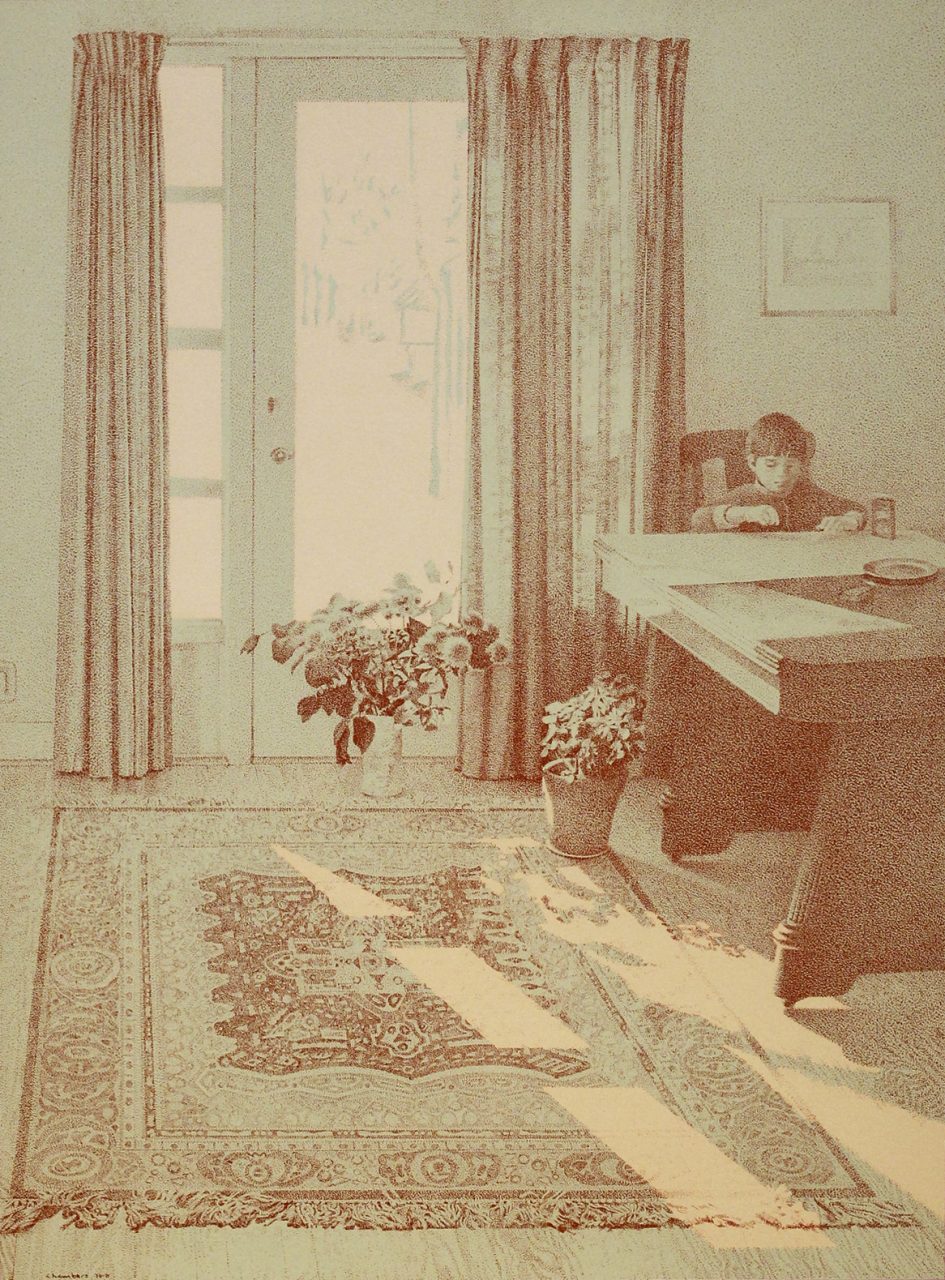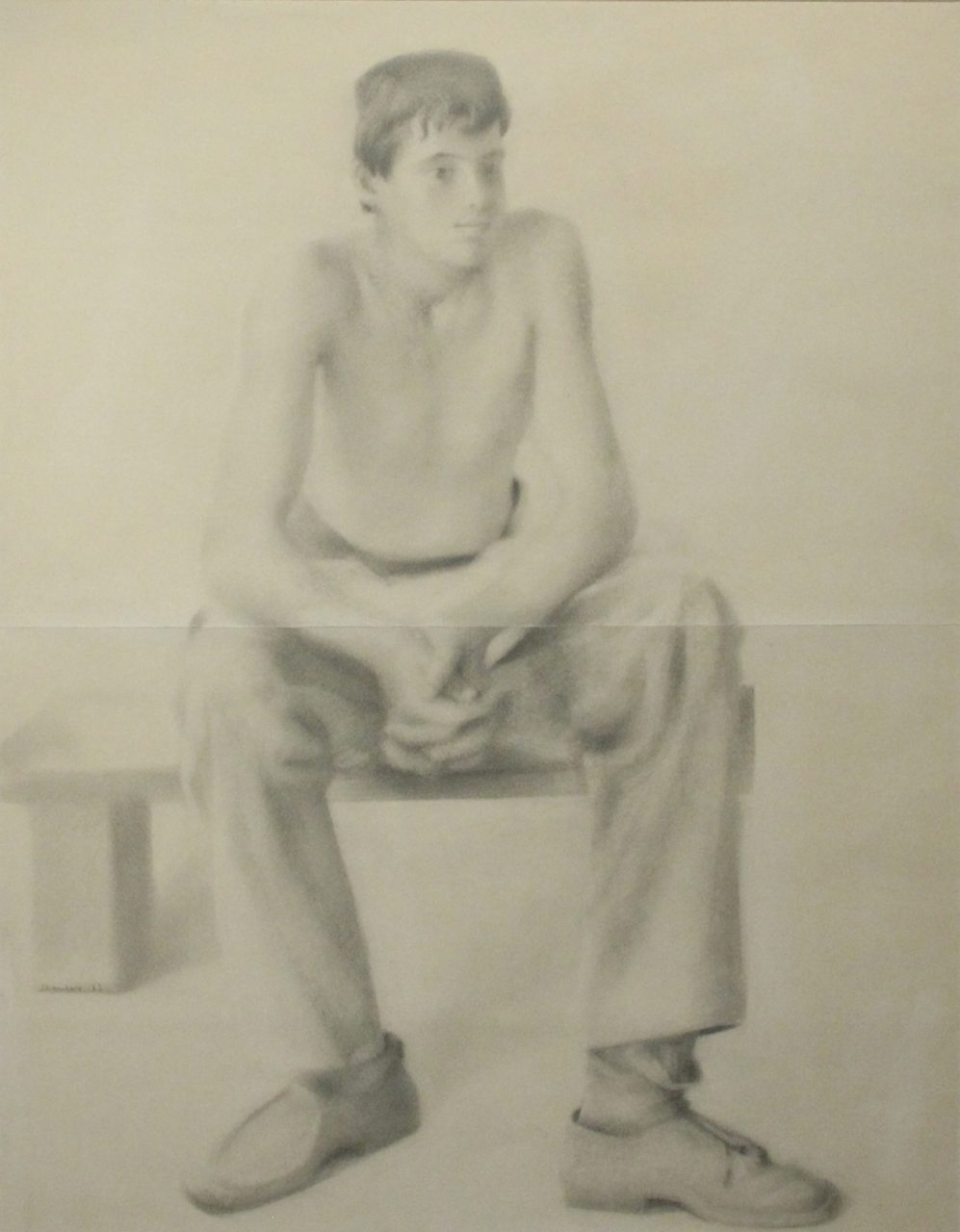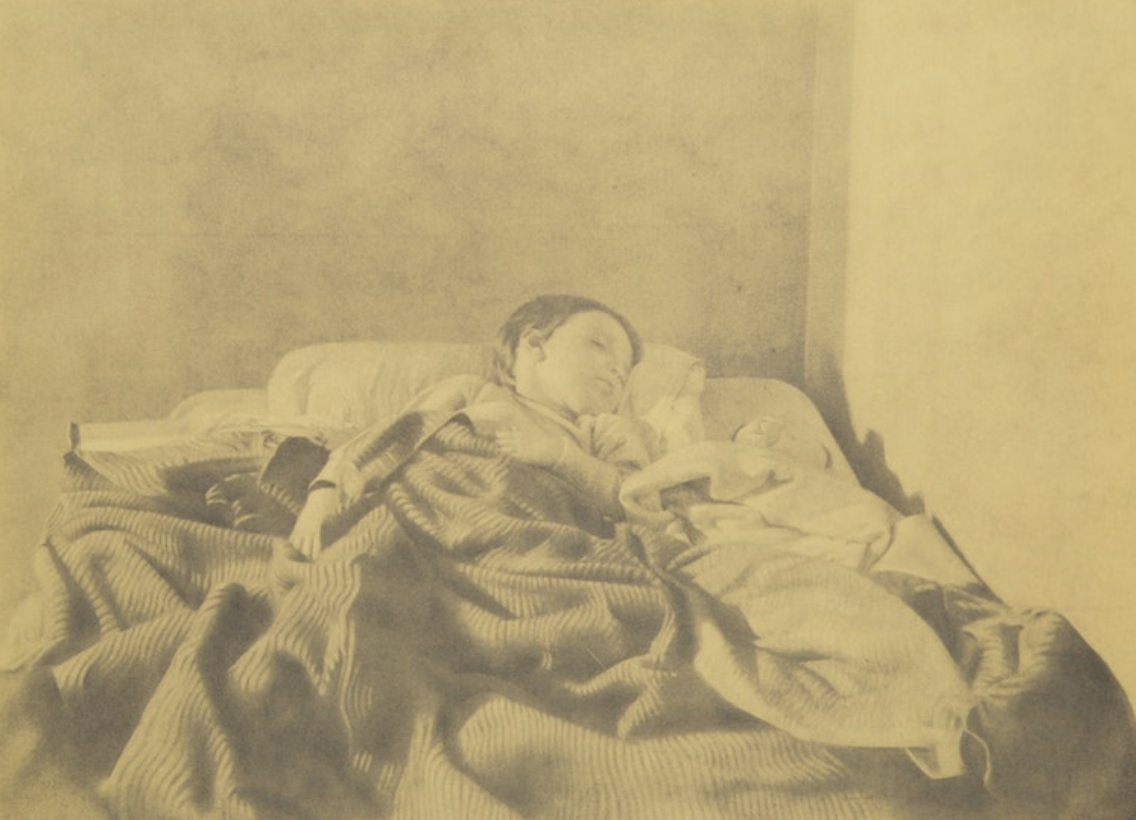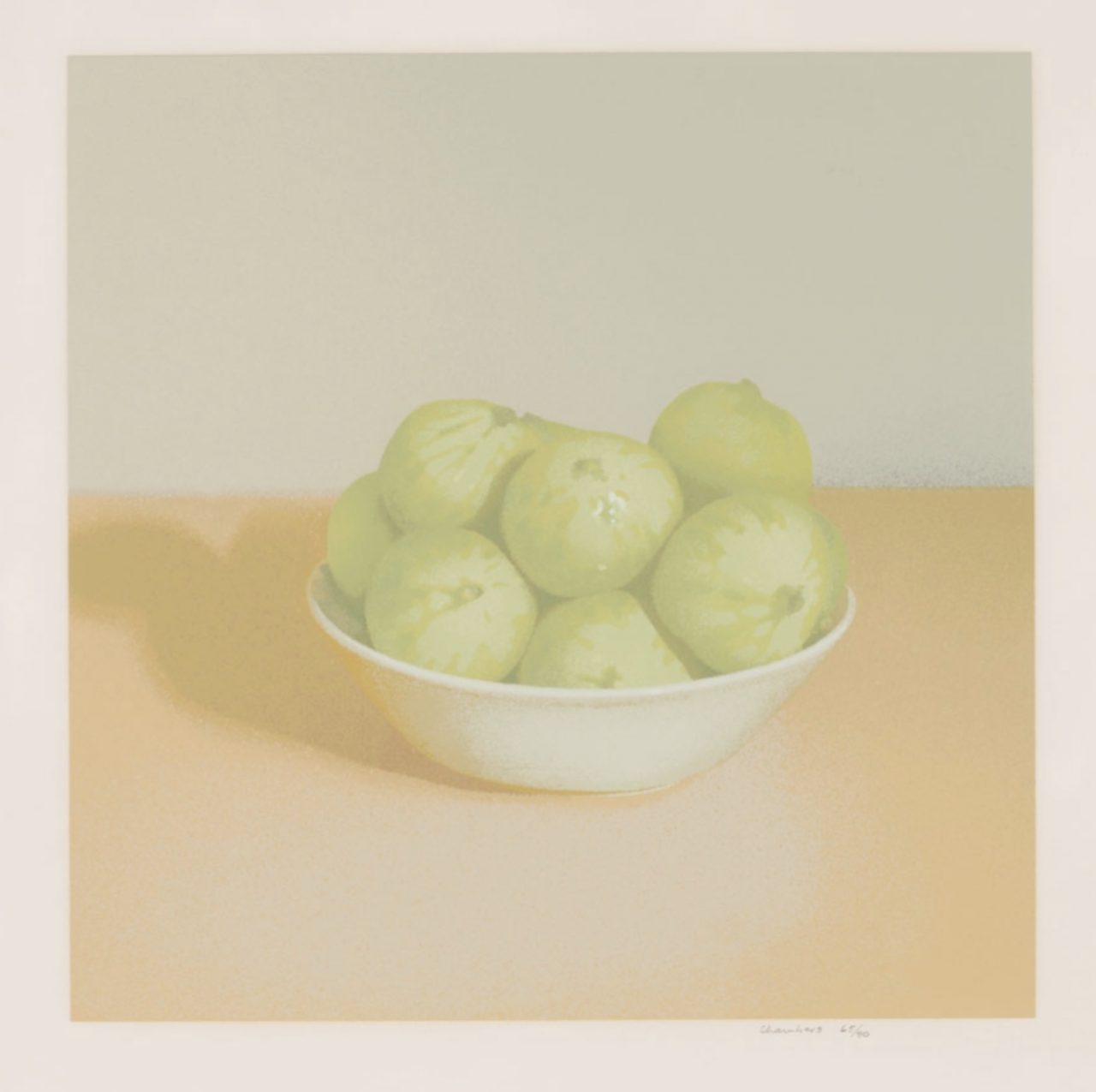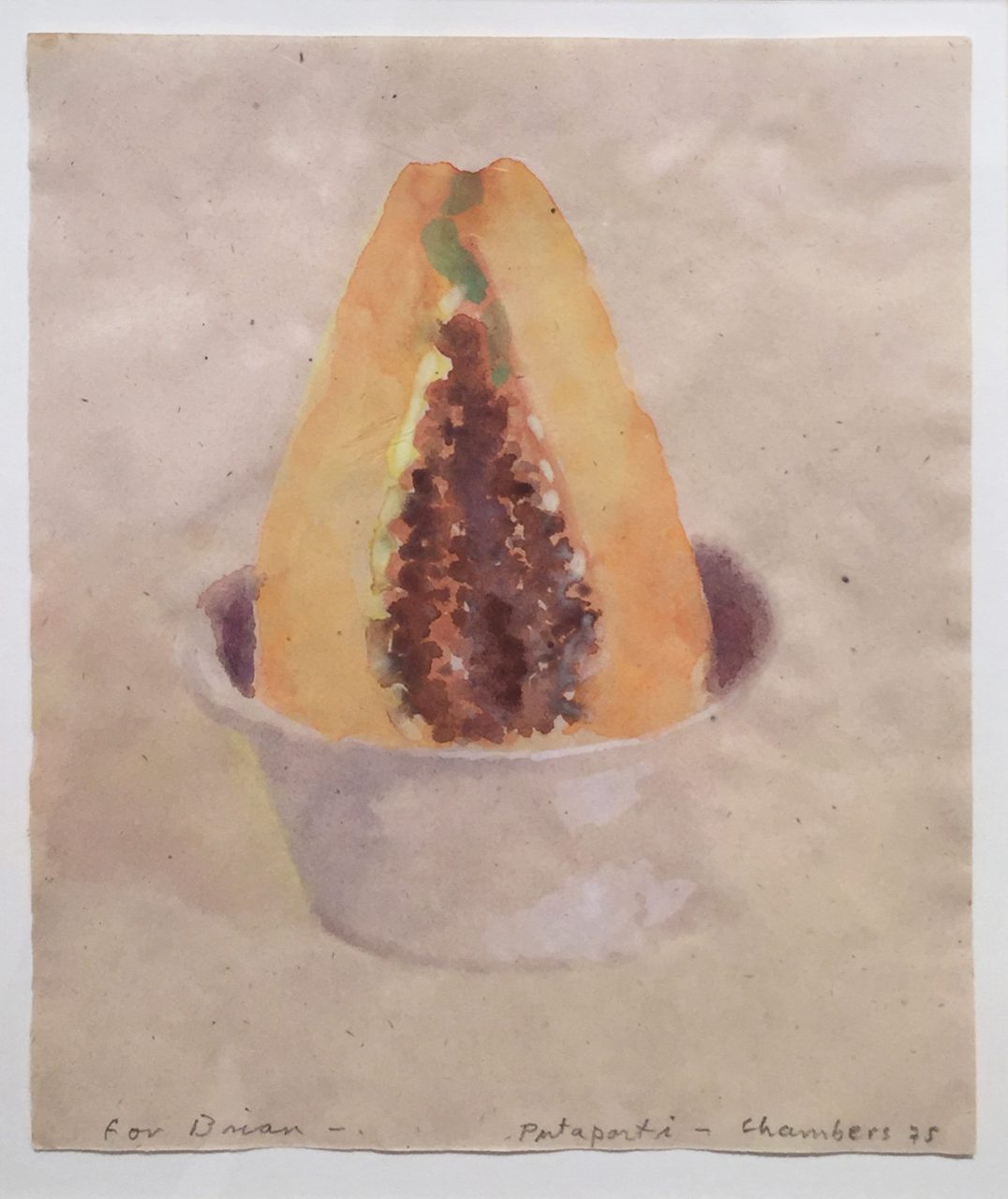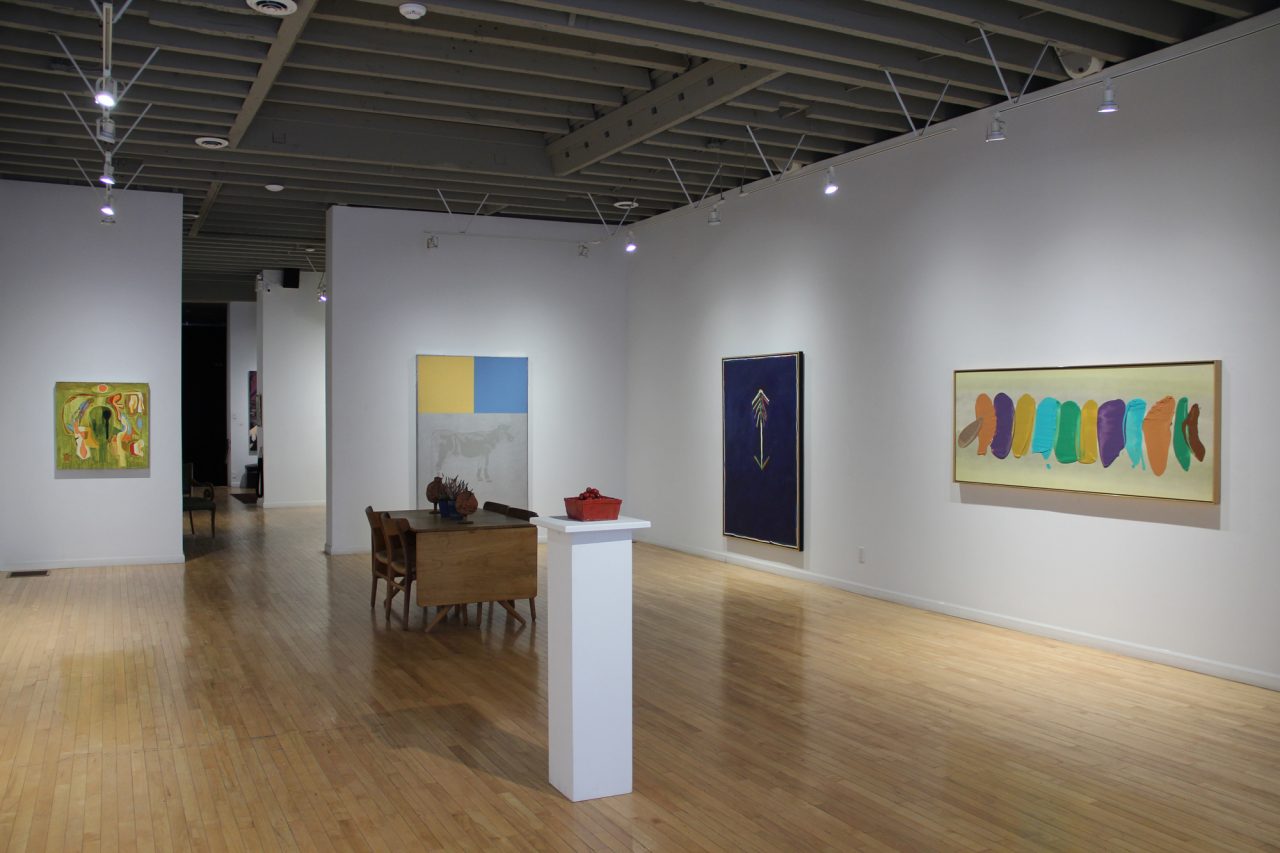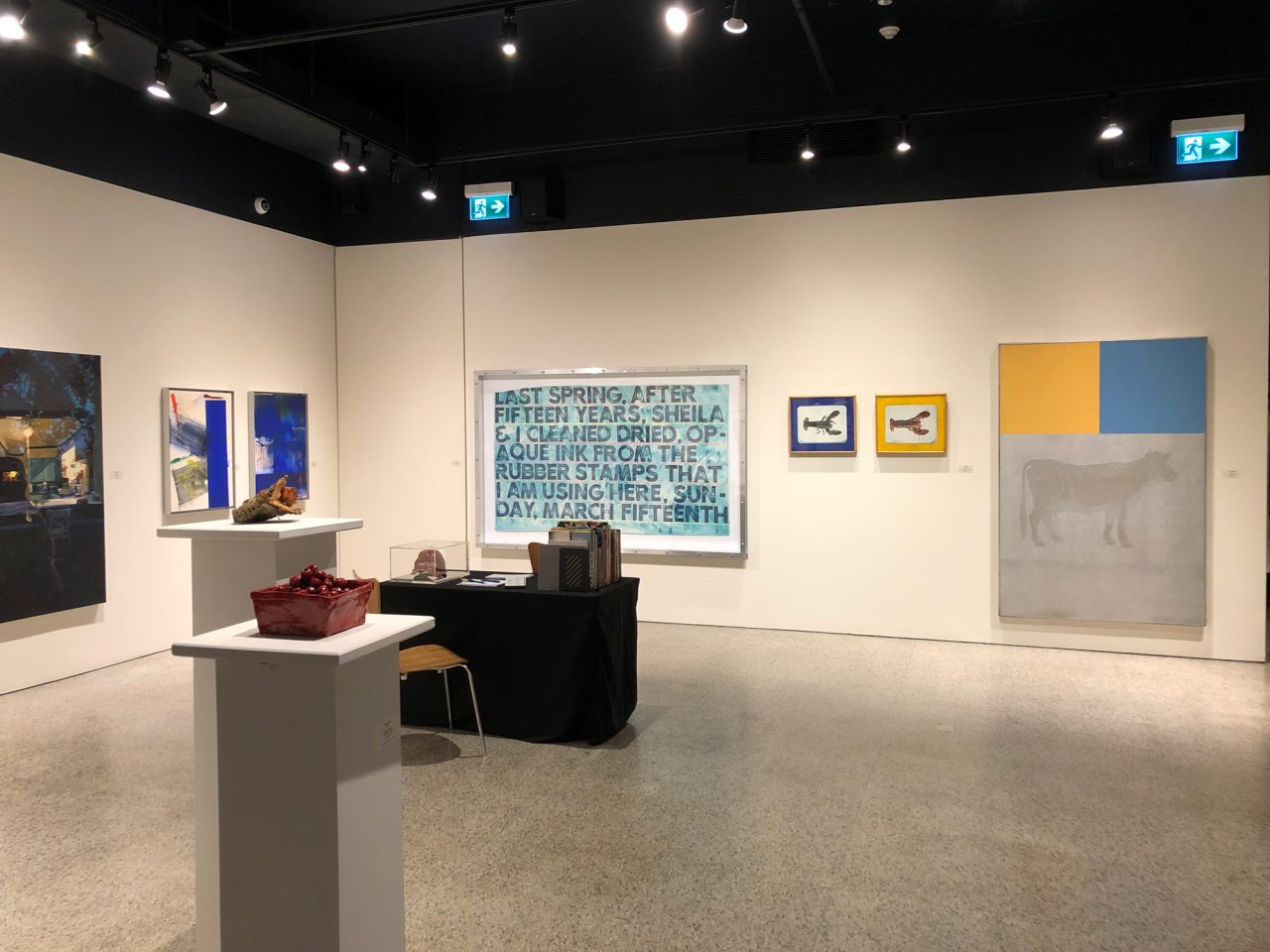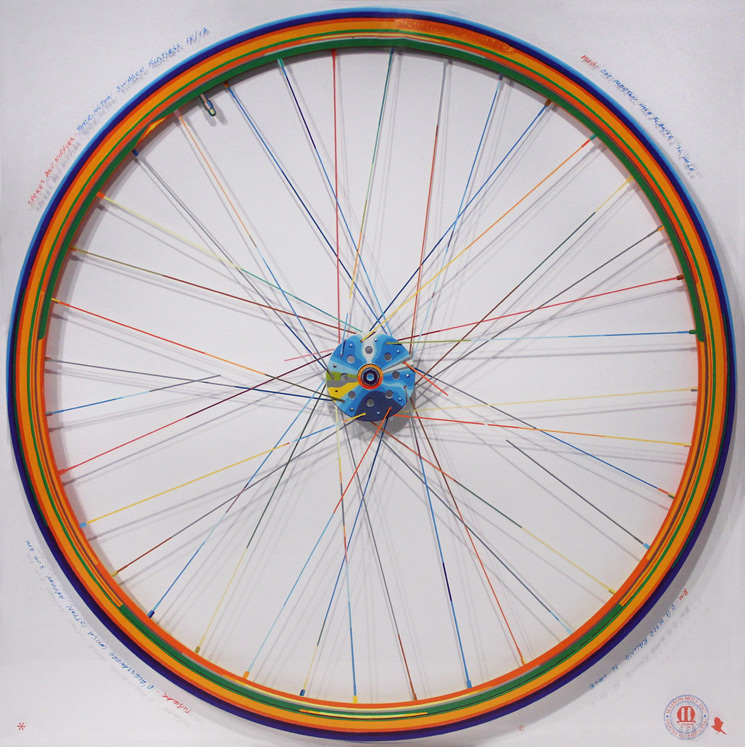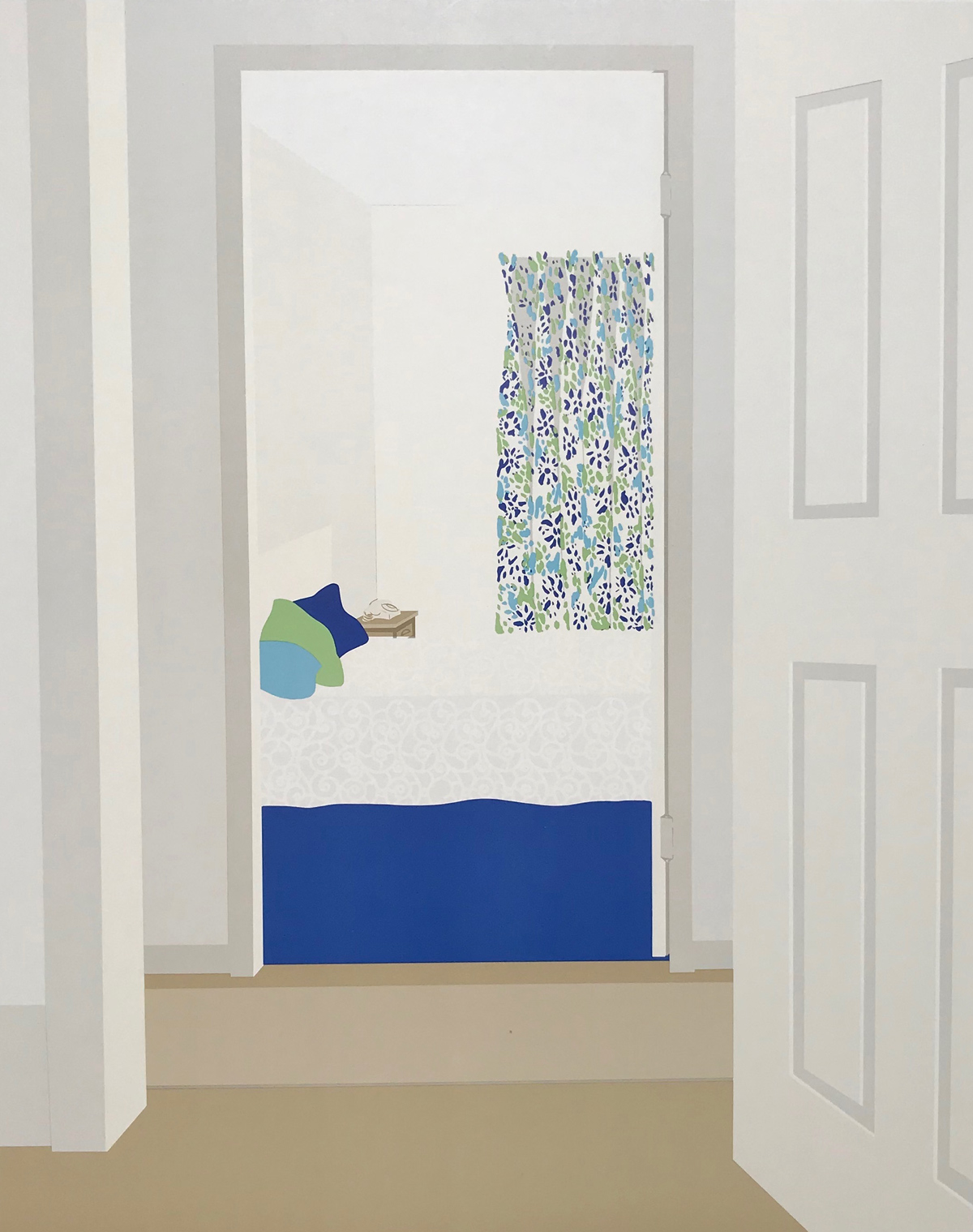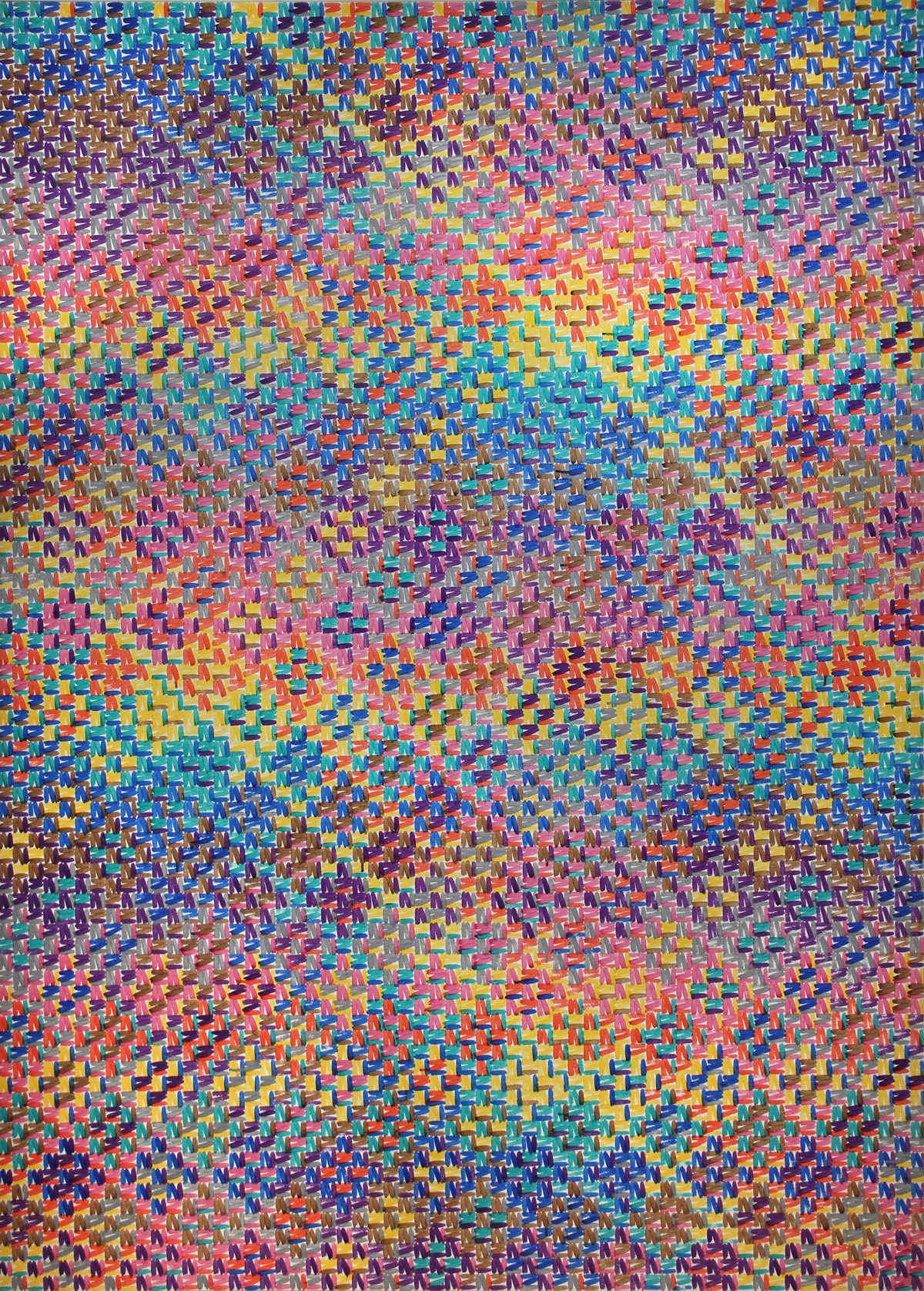Biography

Jack Chambers (1931-1978) was a Canadian artist and experimental filmmaker known for his photo-realist “perceptual” style.
Born in London Ontario, he first studied art at H. B. Beal Technical School. In 1953 Chambers travelled to Europe to pursue further art training, visiting Italy, Austria, and France, even turning up unannounced at the home of Pablo Picasso. Chambers eventually made his way to Spain where he graduated from the Royal Academy of Fine Arts in Madrid. Spain was important to both Chambers’ development as an artist and to his personal life. There, he converted to Catholicism and married his wife Olga, the subject of many of his paintings. He also became introduced to concepts of realism.
In 1961 Chambers returned to London and was amazed at the thriving art scene led by fellow artist and friend Greg Curnoe. In the 1960s Chambers experimented with film, aluminium paint and plastics in his artwork. Photography always played an important role and was further solidified when he published his theory of “Perceptual Realism” in ArtsCanada magazine in 1969. He believed that “perceptual realism is a profound reflection on primary sensory experience, not simply a reproduction of it.” Examples of his theory can be seen in his famous paintings “401 Towards London No.1”, “Sunday Morning No. 2” and his “Lake Huron” series. He was not interested in painting in a photorealistic way, rather believed in the conveying the spirit and sensory experience of a place.
Jack Chambers was also a strong believer in the professional standing of artists. In 1967-68 Chambers, along with fellow artists Ron Martin, Kim Ondaatje and Tony Urquhart, founded the Canadian Artists’ Representation (CAR, later CARFAC). The organization continues to work to improve the professional standing of artists in Canada by collectively demanding recognition of artist copyright and associated fees.
In 1969 Chambers was diagnosed with Leukemia. Thinking that he only had a short time to live, he fought his illness for another nine years, travelling the world and working towards securing recognition (financial included) for Canadian artists.
In 1970 the Art Gallery of Ontario and the Vancouver Art Gallery curated a retrospective of his work. More recently, in 2011, the Art Gallery of Ontario held a retrospective of his work, “Jack Chambers: Light, Spirit, Time, Place and Life”, introducing his remarkable career to a new audience. His artwork is in the permanent collections of the National Gallery of Canada, Art Gallery of Ontario and Museum London.
Jack Chambers passed away at the age of 47 in April 1978 in London, Ontario.
Seeking Artworks by Jack Chambers
Selected Works
Exhibitions
January 8 - February 12 - 2022
“Chroma IV”
Winter group show celebrating the quality of a colour’s purity, light, intensity or saturation.
MoreOctober 26 - October 31 - 2021
Pop-Up @ SBG 2021
For the 2nd yea,r in collaboration with the Stephen Bulger Gallery, we Pop-Up in Toronto along with our esteemed peers Pierre-Francois Ouellette Art Contemporain, TrepanierBaer and Wil Aballe Art Projects.
MoreVideos
Jack Chambers, Circle, 1968–69 (clip)
16mm black and white and colour film, sound, 28 min. Art Gallery of Ontario, Toronto
"A profoundly meditative film, Circle explores many of Chambers’s central themes: the life cycle, the effects of light, domesticity, and transcendence through everyday experience. For this film Chambers, fiercely single-minded about his art, knocked a hole through the back wall of his home on Lombard Avenue in London and mounted a movie camera. Each day for a year, he would turn it on for a few seconds, recording “blindly” whatever the lens saw. The result is a mesmerizing sequence of diurnal change, seasonal shifts, and the ephemera of family life. As its title suggests, Circle is complete and perfect in its form." (Excerpt from Jack Chambers: Life & Work by Mark A. Cheetham, ACI Publication)Jack Chambers, The Hart of London, 1968–70 (clip)
16mm black and white and colour film, sound, 79 min. Art Gallery of Ontario, Toronto
"The Hart of London, Chamber's longest and most ambitious completed film, plays with time in myriad ways. Hart is an endlessly layered tour de force. It explores life and death, the sense of place and personal displacement, and the intricate aesthetics of representation. It is a personal and spiritual film, marked inevitably by Chambers’s knowledge that he had leukemia." (Excerpt from Jack Chambers: Life & Work by Mark A. Cheetham, ACI Publication)
